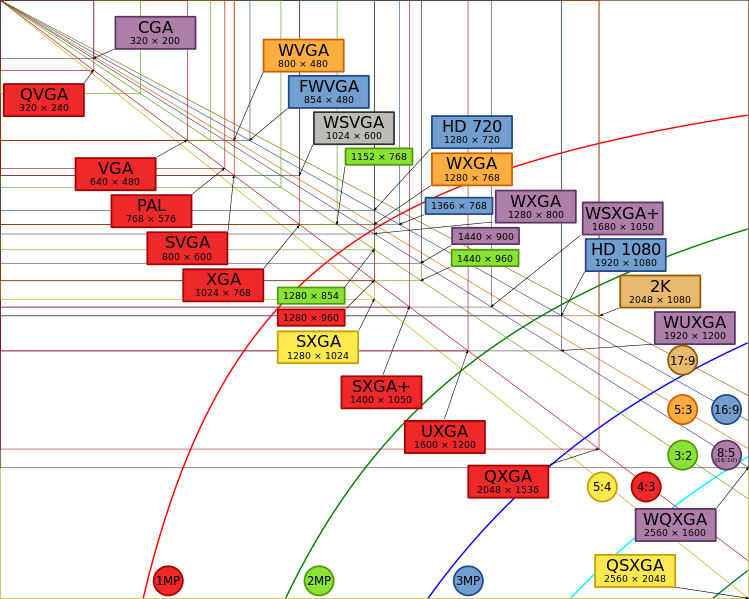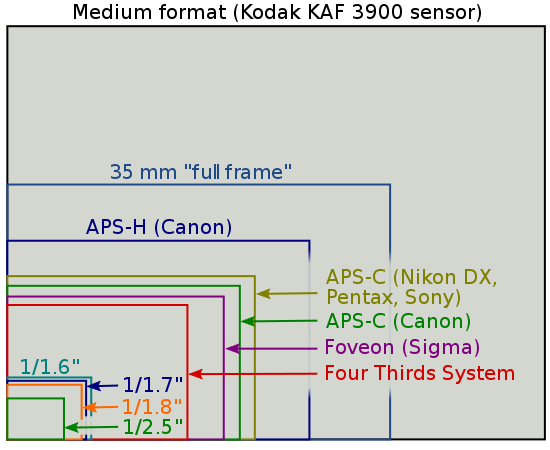Ok, so we had a guest presenter today for our screen production lecture today at Uni and he started talking about the levels of cameras and their uses. A lot of it went over my head as I'm only a first year and it was mainly directed at graduates in the lecture. He pretty much listed something like this from high end to low end from a professional perspective (its missing a lot, I'm trying to remember off the top of my head)
FILM/CINEMA/ADS:
SONY .... F (something)
ARR ALEXA
RED .... something about SCARLET
SONY F3 - can be connect to a (samurai i think) to record in ProRes? What is ProRes?
DSLR
TV/BROADCAST/DAY TO DAY:
... something similar to the sony f3 but with a larger depth of field
SONY VP1
.. then the consumer stuff I think (like HDV etc.)
Can something fill in the gaps? I guess I would just like an overview of whats available, most of the stuff he talked about was to do with the size of the chip and the range of depth of field between cameras for tv/broadcast and stuff for the cinema/film. Where do things like 1080i fit in? he talked about 1080p a lot, and then the cameras going up to 2K and 4K, would something like a consumer CANON HV30 1080i even register on the scale?
He also kept mentioning the numbers 444 and 442 i think - what are these?
Thanks!
FILM/CINEMA/ADS:
SONY .... F (something)
ARR ALEXA
RED .... something about SCARLET
SONY F3 - can be connect to a (samurai i think) to record in ProRes? What is ProRes?
DSLR
TV/BROADCAST/DAY TO DAY:
... something similar to the sony f3 but with a larger depth of field
SONY VP1
.. then the consumer stuff I think (like HDV etc.)
Can something fill in the gaps? I guess I would just like an overview of whats available, most of the stuff he talked about was to do with the size of the chip and the range of depth of field between cameras for tv/broadcast and stuff for the cinema/film. Where do things like 1080i fit in? he talked about 1080p a lot, and then the cameras going up to 2K and 4K, would something like a consumer CANON HV30 1080i even register on the scale?
He also kept mentioning the numbers 444 and 442 i think - what are these?
Thanks!
Last edited:






 I think you could break the high-end gear down even further though…
I think you could break the high-end gear down even further though…